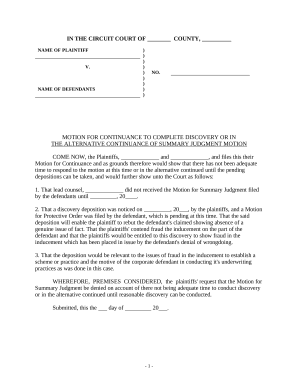
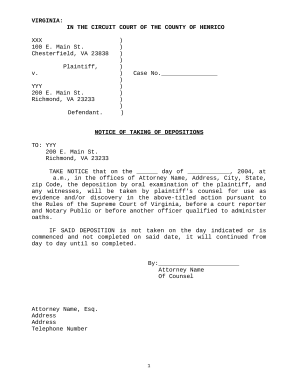
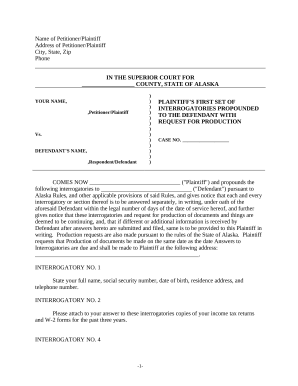

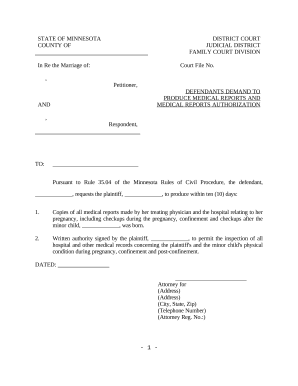
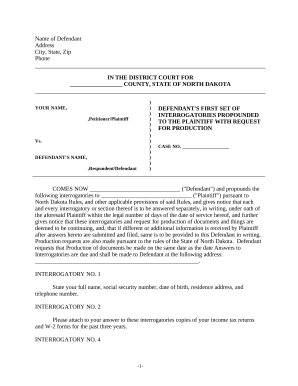
Papers administration consumes to half of your office hours. With DocHub, it is possible to reclaim your office time and improve your team's efficiency. Get Legal Documents for Discovery online library and discover all templates relevant to your day-to-day workflows.
Effortlessly use Legal Documents for Discovery:
Accelerate your day-to-day document administration with the Legal Documents for Discovery. Get your free DocHub profile right now to explore all templates.